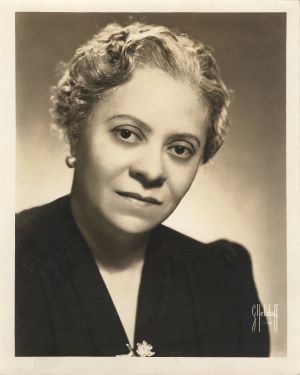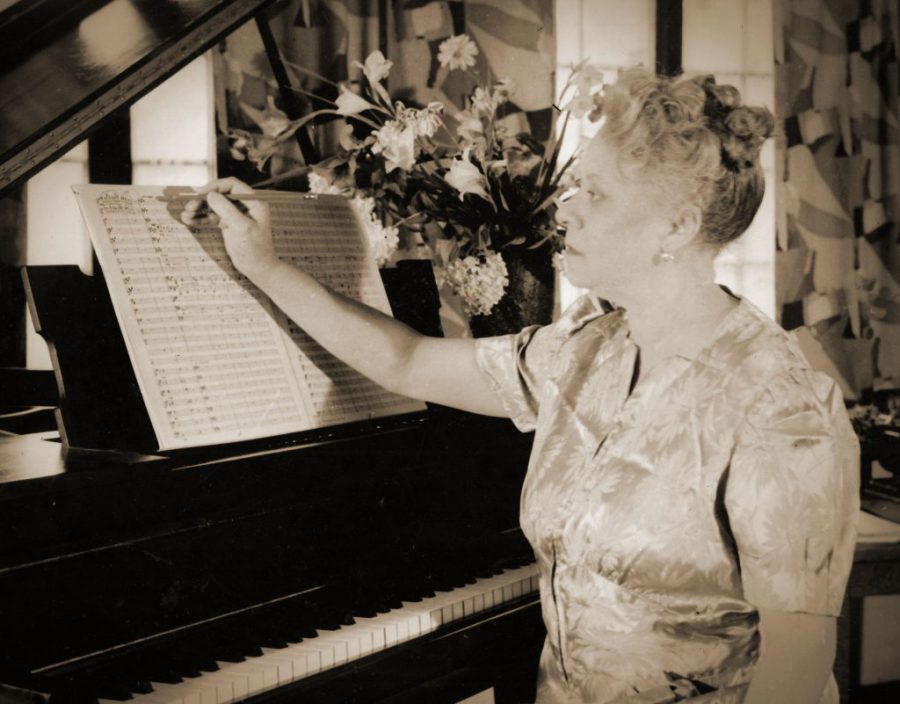Florence Beatrice Price (1887 – 1953)

“To begin with I have two handicaps, that of sex and race. I am a woman and I have negro blood in my veins. Knowing the worst, would you be good enough to hold in check the inclination to regard a woman’s composition as long on emotionalism and short on virility and thought content until you have examined some of my work?”1
Born in Little Rock, Arkansas during the Jim Crow segregation era, Florence Price had a unique upbringing. Her father was the first black dentist in Little Rock after fires destroyed his offices in Delaware. Her mother was a teacher before becoming a business woman. They were both pillars of the community who often held company with the likes of Frederick Douglas and John William Boone.

Because none of the leading white piano teachers in Little Rock would take on Florence as a student, she was taught by her mother. Florence would go on to enroll at the New England Conservatory in Boston at age 19. She received two degrees before returning to Arkansas. During this time she wrote a large number of piano pieces, but in 1927 racial tensions peaked with a lynching, triggered a move to Chicago.
The move from the rural south to a northern city was common for black families during this time and Price’s music was well received in Chicago[2]. She was still scraping by, often writing pop tunes and music for silent films. It wasn’t until she was 47 that she became the first black woman to have a major symphonic work premiered. Her Symphony No.1 in E Minor was premiered by the Chicago Symphony Orchestra in 1933. Marian Anderson concluded her legendary Lincoln Memorial Concert in 1939 with a piece arranged by Price. She also wrote a number of educational piano pieces that could easily inspire today’s music educators to expand their curriculum3.
Price worked almost until her death in 1953 at the age of 66. She wanted her music to stand of its own merits and she never shied away from her status as a black woman. Blending the musical traditions of Europe with spiritual songs of her ancestors and other African themes, Price’s sound is distinct. She won awards for her first and fourth symphonies, but more importantly she made history for that time and today.
[1]Tucker, Melissa. “FLORENCE BEATRICE SMITH PRICE: Breakthrough Composer (1887-1953).” Arkansas Business, vol. 35, no. 34, 2018, pp. A26–S27. https://cuny-qc.primo.exlibrisgroup.com/permalink/01CUNY_QC/10rddhv/cdi_proquest_reports_2098730050
[2]Ege, Samantha. “Composing a Symphonist: Florence Price and the Hand of Black Women’s Fellowship.” Women & Music (Washington, D.C.), vol. 24, no. 1, 2020, pp. 7–27., doi:10.1353/wam.2020.0010. https://cuny-qc.primo.exlibrisgroup.com/permalink/01CUNY_QC/10rddhv/cdi_proquest_journals_2431205584
[3]“The Piano Teaching Pieces of Florence B. Price: A Pedagogical and Theoretical Analysis of 11 Late Elementary Piano Teaching Pieces.” ProQuest Dissertations Publishing, 2016. https://cuny-qc.primo.exlibrisgroup.com/permalink/01CUNY_QC/10rddhv/cdi_proquest_journals_1795524992